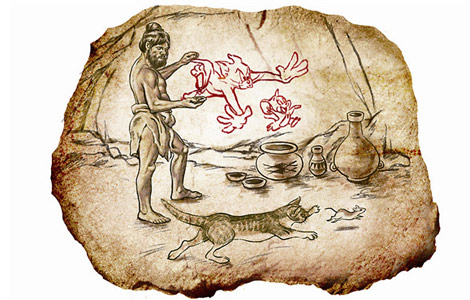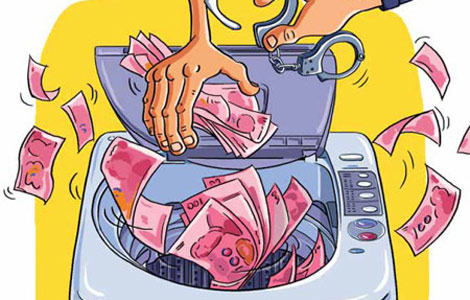Clouds loom over vineyards
Updated: 2014-01-24 08:55
By Yu Ran (China Daily Europe)
|
|||||||||||
The average market price of the wine is between 150-250 yuan a bottle, and Yao says his company imports products worth 5 million yuan a year.
"I have managed to keep the risks low due to the limited volume. This way, I am assured of stable, but not large, returns from the business even if I failed to sell all the bottles that I have imported," Yao says, indicating the hidden risks. At the same time, he is not averse to buying stakes in other small vineyards in the future.
According to the Global Vineyard Index, a report published by property consultancy Knight Frank, Chinese buyers bought 27 properties in the Gironde area of France in 2012, covering about 525 hectares, 15 percent of the total surface area that changed hands. This was in addition to 14 properties bought in 2011 and six before that year.
"Most of the Chinese buyers are motivated by genuine commercial returns. But there's anecdotal evidence to suggest that some vineyards recently acquired by Chinese buyers are back on the market," says Alexander Hall, the director of Vineyard Intelligence, a Bordeaux-based consultancy firm, according to the report.
Some businessmen, like Sun Li of Ningbo Meilong Trading Co Ltd, a unit of a US-oriented trading company in California, say they are more keen on sourcing fine wines from various regions for connoisseurs.
"I am keen on finding high-quality wines from across the world for wealthy Chinese businessmen because they want to taste something different without bothering too much about the price," Sun says.
Five years ago, Sun bought a vineyard in California for $2 million to take US wines to China.
"It was not easy as the wines from the US were not that well known in China. I had to spend time and money to promote the products and also conduct several free tasting sessions to urge consumers to sample the sweeter US wines over products from Europe," he says.
Sun says that though he lost nearly $200,000 in the first two years, he eventually started making money from the third year. His company currently imports more than 240,000 bottles of wine from the vineyard in California, with the average price about 1,000 yuan per bottle. The most expensive wine from his range costs 8,000 yuan while the cheapest sells for 600 yuan a bottle.
"We are making certain profits from the vineyard as the unit price of wine is quite high and the demand is growing steadily in line with the living standards of Chinese people," Sun says.
According to the latest statistics released by International Wine & Spirit Research, China is the fastest-growing wine market in the world in volume and percentage terms. The IWSR report also indicates that there is a lot of hype involved in the Chinese market and hence a complex zone for companies to navigate.
Experts say "invisible" market is the underlying cause for most of the excitement in the imported wine market in China, but something that is difficult to gauge and tap. The invisible market consists of importers with customers who, due to strong relationships and/or personal incentives, will buy anything they are told to buy by the importer. More wholesalers are entering the market and capitalizing on the buzz, but many are inexperienced, sources say.
"China's market is growing rapidly but people are still not that familiar with wine culture. The most important thing right now is to supply more original wines for importers to offer local households," says Ma Wenfeng, a senior analyst at Beijing Orient Agribusiness Consultant, a professional consultancy.
Ma says inexperienced vineyard buyers will face more challenges sooner or later if they do not actually participate in the business operations and understand what kind of products should be supplied to Chinese customers.
yuran@chinadaily.com.cn
( China Daily European Weekly 01/24/2014 page20)
Today's Top News
More than 300 fall ill on Royal Caribbean ship
8.8% salary hikes expected for 2014
China turns the tables on gamblers
China takes measures against H7N9
Terrorists behind twin explosions in Xinjiang
2014 diplomatic strategy outlined at Davos
China reports another H10N8 case
Big events in the Sino-French relations
Hot Topics
Lunar probe , China growth forecasts, Emission rules get tougher, China seen through 'colored lens', International board,
Editor's Picks

|

|

|

|

|

|





